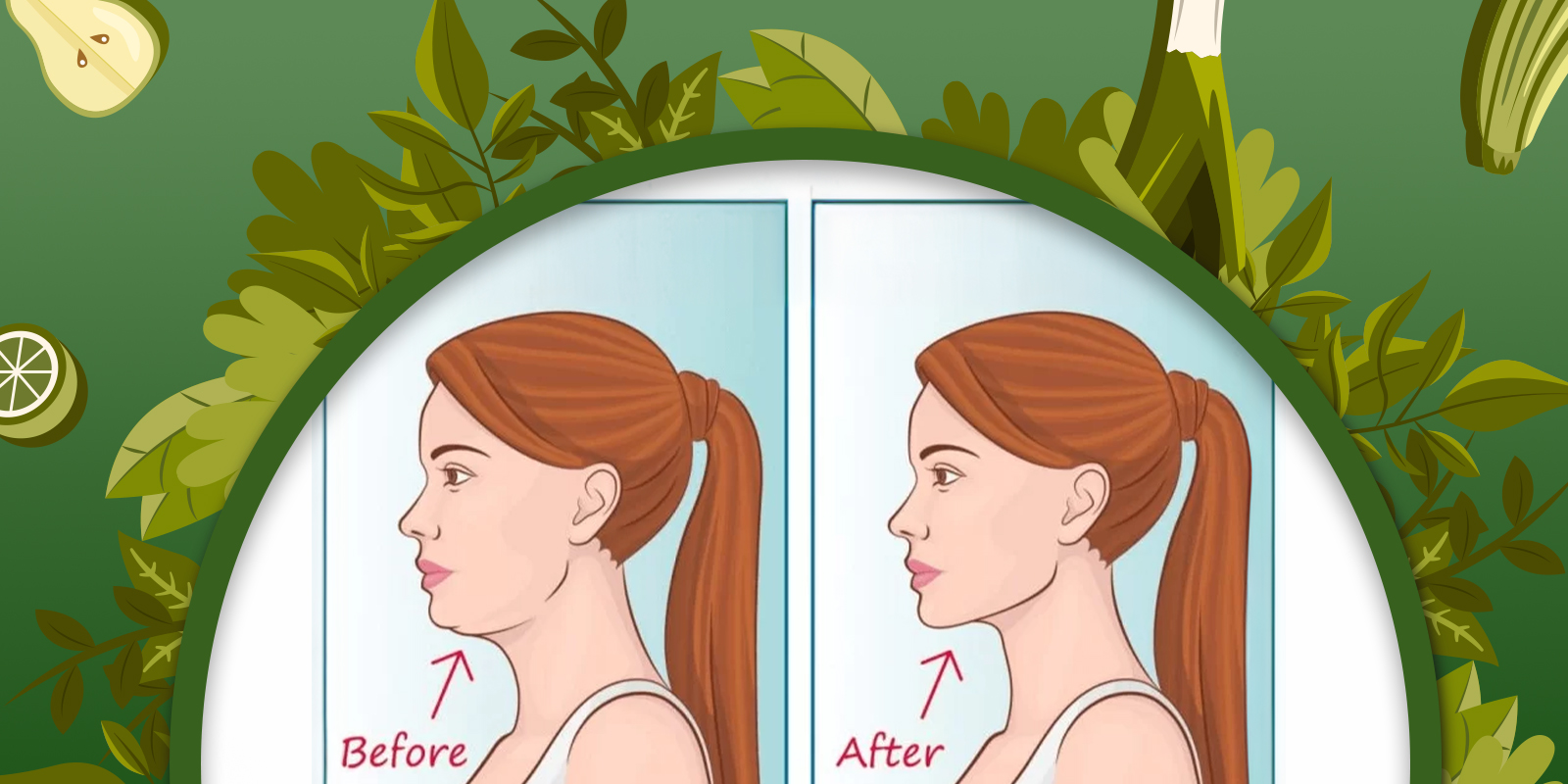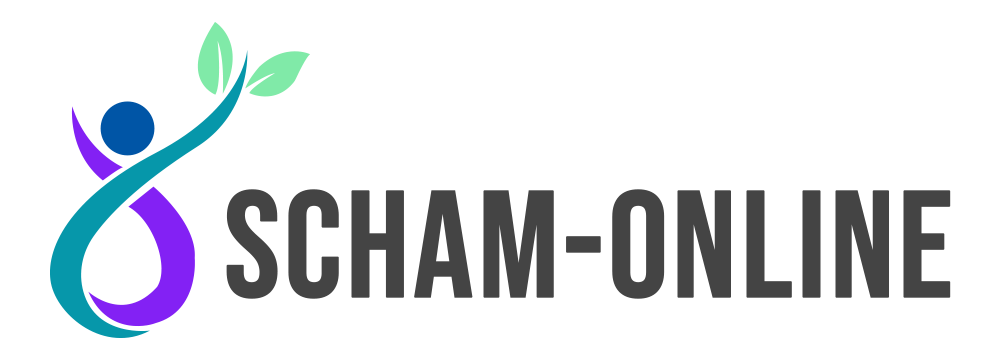Dental Health
What is Mewing? Ultimate Guide to Oral Health – Tips Inside!
Mewing is a technique innovated and taught by the father-son duo, Dr. John Mew and Mike Mew. This method has been practiced by a large number of people worldwide, yielding certain results. However, it is still a new method that is attracting a lot of attention. So, what is mewing? Is it really effective and how should beginners practice it? Let’s explore this with Scham-online.de in the article below!

1. What is Mewing? Why Practice Mewing?
In recent years, Mewing has become a keyword that has attracted a large number of searches on globally. Essentially, Mewing is a training technique based on tongue posture and breathing methods to adjust facial contours without the need for surgery or braces.
Practicing Mewing correctly helps the face to have good depth, the nose to be higher, and the eyes to be deeper. As a result, the face looks more elegant and soulful. Like other non-invasive training methods, Mewing requires time for the face to shape and form as desired.

2. Who Should Practice Mewing?
The Mewing method is said to be very suitable for those who are dealing with conditions like open bite, deep bite, or protruding jaw. Additionally, the founder Mike Mew also stated that this technique is most effective for young adults under 18 years of age as this is the stage when all body parts are developing.
2.1 Open Bite
If you observe carefully, you will see that people with an open bite often relate to the resting position of the tongue. You just need to try to let your tongue sag a bit, and you will immediately see that your bite tends to open slightly. Therefore, Mewing focuses on adjusting the tongue’s posture, forcing the tongue to press against the upper palate like a normal person. Eventually, it gradually adjusts the contours on the face, effectively addressing the bite issue.
2.2 Deep Bite
In the case of a deep bite, the upper jaw teeth cover too many lower jaw teeth. Regular and frequent Mewing practice helps to gradually push the upper jaw higher. When the upper jaw teeth are raised higher, the lower jaw has more space, facilitating better development. Over time, the bite gradually improves effectively.
2.3 Protruding Jaw
People with a protruding jaw often have a habit of breathing with their tongue. This incorrect breathing method causes the tongue to be in the wrong position, affecting the balance of the teeth. As a result, the upper jaw teeth are gradually affected, causing the jaw arch area to narrow down, tending to protrude forward, forming a protruding jaw and protruding teeth. In this case, Mewing requires practicing breathing with the nose first. Next is the standard Mewing tongue placement technique that gradually balances the dental arch and supports the treatment of the protruding jaw.

3. Is Mewing Effective?
If you examine anatomical images, you will realize that the jawbone is not a solid mass but is made up of several separate bone groups. Therefore, some daily habits in life such as tongue placement, breathing, thumb sucking, etc., also affect and change the structure of the face.
From there, the Mewing method was born entirely based on that theory. Dr. John Mew and his son Mike Mew have continuously promoted and trained many people in the Mew technique. Currently, most of the results, evaluations, or reviews of Mewing’s effectiveness come from Facebook groups, forums, or Twitter,…
In reality, there has not been any scientific agency or reputable medical organization that has provided evidence to recognize the effectiveness of Mewing. Even some articles have reported the dangers of practicing Mewing incorrectly. However, that does not mean that we think Mewing does not bring results because with manual methods, effectiveness is associated with discipline and persistence.
If you practice Mewing at the prescribed time, correctly and regularly every day, you will definitely have a positive effect. Notably, if you are having problems with your teeth or bite, we advise you to meet an orthodontist immediately for appropriate remedial advice. At the same time, consider Mewing as a supplement, a supportive method to speed up the pace of braces.
4. How to Practice Mewing Correctly for Beginners
The technique of Mewing is actually quite simple, but to practice it correctly, you should read the following steps slowly and carefully:

- Step 1: Close your mouth and relax your entire body, keeping your neck spine straight.
- Step 2: Place the tip of your tongue about 1cm away from the gum of your upper front teeth. Be careful not to touch the tip of your tongue to your front teeth. To visualize it better, it’s like you’re pronouncing the letter “N”.
- Step 3: Press your entire tongue so that it can fully embrace the upper palate, including both the body and the root of the tongue. In addition, you need to ensure that your lips are closed, and your lower and upper teeth are only lightly touching each other.
- Step 4: Keep your tongue in position, breathe normally through your nose, and absolutely do not breathe through your mouth.
In the initial period of practicing Mewing, practitioners should only practice for about 20 – 30 minutes each day. After a few weeks, gradually increase the practice time and you can even practice all day until you feel that you have made the correct tongue placement a habit. If practiced correctly, you usually feel a slight tension in the facial muscles, chin, and jawbone. But this feeling is just a slight tension, and if you feel pain, it is a sign of practicing Mewing incorrectly.
5. Identifying Some Common Mistakes When Practicing Mewing
Although Mewing is simple, in reality, there are quite a few basic mistakes that many people make. Here is a compilation of some of the most common mistakes that you can refer to and avoid for yourself.

5.1 Breathing Through the Mouth
The main important goal when practicing Mewing is to completely eliminate the habit of breathing through the mouth. Therefore, if you still breathe through your mouth, your Mewing practice fails. Moreover, breathing through the mouth is also the cause of the jaw changing structure, adversely affecting the dental arch, and the palate,…
5.2 Applying Too Much Force to Both Jaws
The Mewing exercise is mainly to establish the habit of placing the tongue correctly to form a good habit. In addition, when practicing, a small part of the force indirectly acts on the upper jaw, adjusting the face. If you clench your teeth when practicing, the force from the tongue acts a lot, inadvertently disrupting the movement process of the upper jaw and ultimately causing complications when practicing Mewing.
5.3 Incorrect Tongue Placement
This is a basic mistake many people make. If you only touch the tip or a little of the body of the tongue to the upper palate, it will not create the pressure to support the jaw movement. Ultimately, this causes the Mewing exercise to decline.
5.4 Risks When Practicing Mewing Incorrectly
Mewing directly affects the jaw muscles, which is a quite complex part. Therefore, practicing Mewing incorrectly will change the structure and affect many other parts such as:
- Teeth being pushed out of alignment
- Loose teeth
- Misalignment of the upper or lower jaw
- Pain or dysfunction of the temporomandibular joint
6. Things to Note When Practicing Mewing
In reality, it cannot be denied that Mewing is a method that brings many benefits in orthodontics. However, practitioners also need to note the following things during practice:
Time-consuming: Mewing is a technique that takes a lot of time to get used to and see results. Getting used to the correct tongue placement takes a lot of time because most of us are used to relaxing our tongues in our mouths.
Correct Tongue Placement: Initially, placing the tongue in the correct position is quite difficult, practitioners need to know how to relax the tongue when practicing. One of the simple tips for correct tongue placement is by pronouncing the letter “N”, then relax and keep the tongue in that position. Note not to let the tip of the tongue touch the teeth.
Nasal Breathing: When practicing Mewing, practitioners need to ensure that they breathe evenly through the nose instead of using the mouth.
Muscle Tension: In the initial period of practicing Mewing, practitioners will feel a tension in the facial muscles, jawbone, and chin. This is a good sign that shows the practitioner is practicing correctly, and this feeling will gradually disappear as the muscles get used to the correct tongue placement.
Adjusting Jawbone and Face: In addition to correct tongue placement, practitioners also need to maintain the adjustment of the jawbone and face to always be in a straight line with the chest.
7. Does Practicing Mewing Make Your Nose Higher?
Practicing Mewing correctly can make your nose higher because when practicing, the lower jawbone is raised, and at the same time, the upper jawbone is also raised and pushed forward. This pulls the entire nose part forward and higher, so the nose appears to be higher. But in essence, the nasal bone does not actually get higher.
8. Conclusion
Overall, the Mewing technique isn’t detrimental, yet it lacks comprehensive research to substantiate its absolute efficacy. Hence, it’s advisable to seek direct treatment and guidance from a proficient orthodontist, along with close monitoring to evade profound implications. Hopefully, this article has imparted valuable insights, enabling you to comprehend what is Mewing, thereby implementing it in the most appropriate manner.
